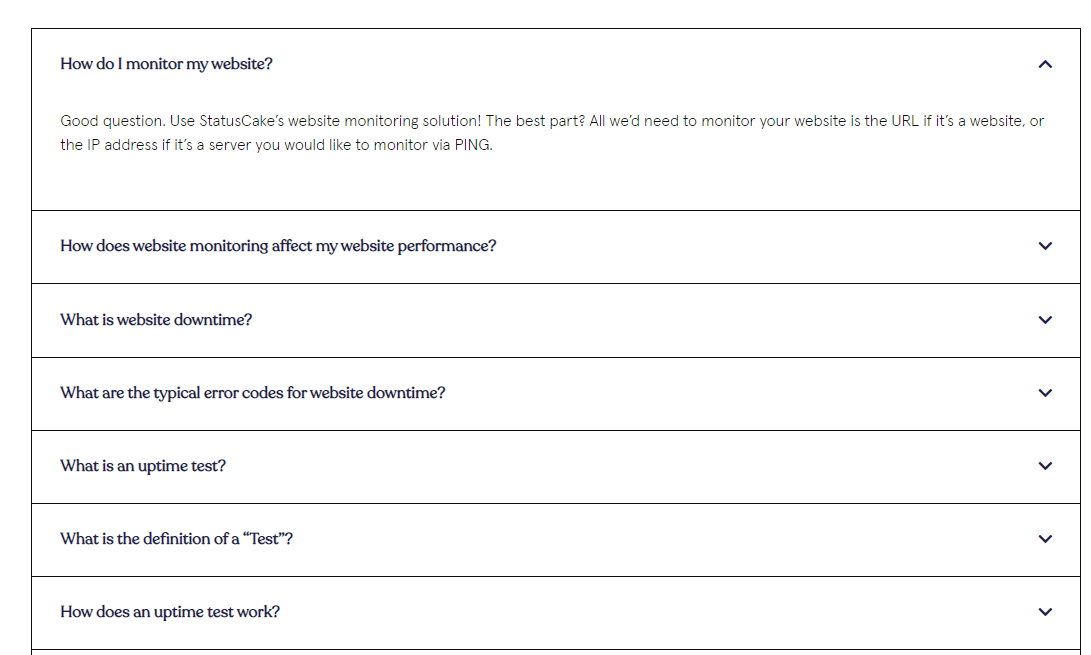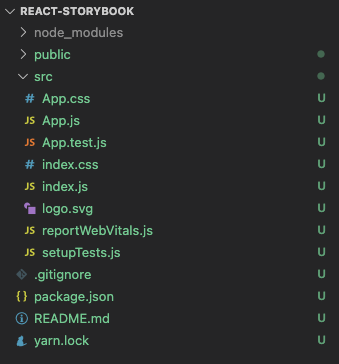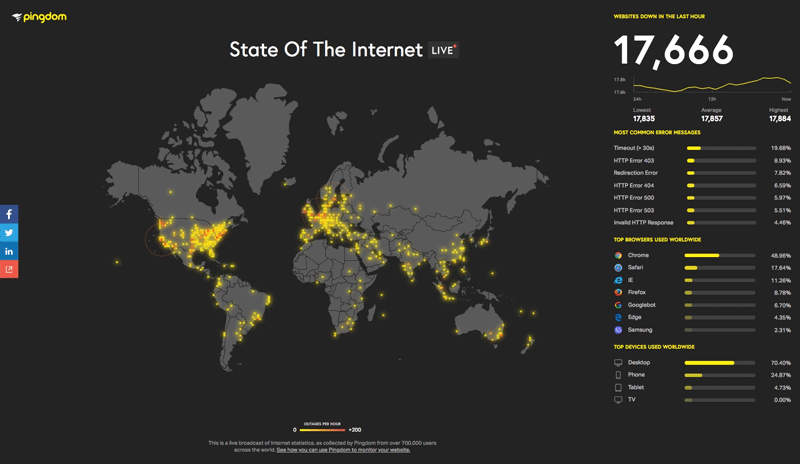27 Jul

[ad_1]
We all know it’s getting harder than ever to rank in Google, whether it’s for blogs or webpages, but all is not lost. There are some key elements that you should be focusing on on your webpages, for example, to ensure that you’re giving your website the best chances possible of ranking well. After all, the majority of organic traffic clicks on the first 3 results on the first page of Google so if you’re not there, your competitors must be!
Here’s 8 tips from us on how to better your SEO rankings:
H Tags
Why am I still seeing websites with no H tags set up? If you’re one of those website owners, then you should take a long look in the SEO mirror and tell yourself off. H tags on your website are still important, and getting them right even more so.
What I mean by “getting them right” is essentially not putting 12 H1 tags on a single webpage. It almost hurts to even write that. You should have one main H1 tag at the top of your page which would be your “main title”, followed by your next key titles in H2, followed by subheadings for your H2’s in H3 tags.
Let us give you an example:
“Website monitoring? Piece of cake.” is our H1 tag because we want to rank for the keyword “website monitoring”.

Core Web Vitals
If you’ve been battling with Google’s Core Web Vitals for the best part of this year, you’re not the only one. There are still thousands of websites that are failing CWV but the downside to this is they will be losing places in Google’s search results standings.
If you’re not familiar with the elements of CWV, here’s a breakdown:
Google Core Web Vitals consist of 3 components that relate to page responsiveness, speed, stability, and how they affect the user experience.
The 3 Core Web Vitals are:
- LCP (Largest Contentful Paint)
- FID (First Input Delay)
- CLS (Cumulative Layout Shift)
So what can you do to make sure you can pass Core Web Vitals?
We have a great guide on how you get each and every webpage passing so be sure to action these and check Google Page Insights to see how they’re performing after.
Mobile First
Whilst we’re on the subject of CWV and Google, one of the key factors that they’re looking for is “mobile first”. This means that your website is optimised for mobile as well as desktop. A lot of website owners are guilty of making sure their website loads quickly and looks perfect on desktop whilst forgetting about mobile users. Why? Because normally 80%+ of traffic comes through desktop, but Google isn’t having any of that. If you want to pass CWV and rank higher in your SEO, you must focus on mobile first.
Page speed
Page speed is one of the most important factors when it comes to SEO; if your website loads slowly, Google essentially shakes their head and drops you down those rankings.
There are multiple things that could be slowing your page speed down including:
- 3rd party applications
- Large images or videos
- Coding issues in the backend
If you use Scopify’s page speed monitoring, you’ll get alerted when your website loading time is too long so you can do something about it before Google penalises you. Makes sense really.
Alt tags
An oldie but a goodie has to be the alt tag. It’s a shame that a lot of people tend to forget to do these but they’re still a great little push for your SEO rankings and they take no more than 2 seconds to implement. If you’re using WordPress as your CMS, when you load your image from the media library, you can write the alt tag in the box on the right hand side without even clicking away!
Key tip: Try to describe what is happening in the image whilst thinking about your core keywords.
Internal linking & page depth
One of the things I notice time and time again on websites that I go is that pages tend to be hidden in the deep depths of a website with almost no chance of being found. The only reason I find them is because I spend ridiculous amounts of time physically hunting for them. This is bad news for Google; a huge no no.
Make sure that each and every webpage isn’t more than 2 clicks away from your homepage and you’re putting appropriate internal links to other informative web pages on each and every page.
FAQs
Prospective customers tend to type in a question in Google search. Let’s take this example:
“What is website monitoring?”
Obviously as a website monitoring solution, we want to have that question answered on our website and the best way to do that is by asking that exact question and answering it. There’s no simpler way to put it. But there are some key things you should consider when trying to grab a key search term like this.
Having an FAQs page can prove very useful in ranking for these, alongside schema mark up. Take our section as an example:




Useful content
This sounds super obvious but Google is intelligent enough now to know when you’re simply writing content for the sake of ranking and they’re not having it. They purposely scan over your content to see if it is useful to your subject matter, if you’re using keywords appropriately and are actively answering queries around this topic.




If you’re not sure what you should be writing about, use SEMRush’s content helper to determine what are the most searched terms for your product/service and the intent behind those searches. They can also help you with content topics and ideas to help you provide better, more insightful content that Google will love!
[ad_2]
Source link



